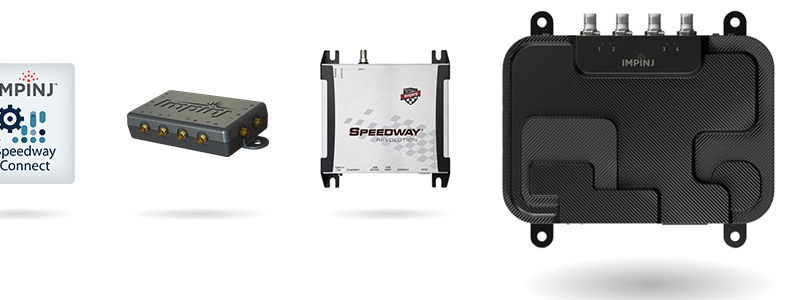Impinj R420 UHF RFID Reader Quick Start Guide - Start Reading RFID Tags with the R420 in 3 Minutes
Introduction
Welcome to this short video on the Impinj R420 UHF RFID Reader - the Quick Start Guide.
Video Transcript
Welcome to this quick start video for the Impinj R420 RFID Reader. This video will guide you through setting up your reader, connecting to an antenna, connecting to ItemTest, and finally get you started reading RFID tags.
Let’s jump in.
Setup -
Here’s our setup. In order to start reading tags, you will need:
- The Impinj R420 RFID Reader
- Impinj Power Supply
- An RFID Antenna
- An RFID Antenna Cable
- An Ethernet Cable
- RFID Tags
- ItemTest Software
Connecting
Now i’m going to go ahead and connect our Antenna to the Impinj R420 via this N-Type Male to RP-TNC Male Antenna Cable.
If you aren’t familiar with RFID Antenna Cables - checkout our Antenna Cable Guide via the link on screen now.
I am connecting our power supply to the R420, but i’m not ready to power the reader yet, so i will just connect the reader to the adapter and leave the plug right here.
Now i’ll connect the Impinj R420 to my computer via an ethernet cable.
Today, I’m going to use Impinj’s demo software - ItemTest. I created a separate video on downloading and installing the ItemTest software and the link to that video on screen now.
Once my computer is up and running and i’m ready to open ItemTest, i’m going to go ahead and plug in our reader so it can begin powering up.
I’ve already downloaded ItemTest, so i’m going to go ahead and open it now.
Now that we have ItemTest open - click plus icon next to "Data Sources".
Click on the magnifying glass next to “Add a Data Source” for automatic discovery, which usually will find your Impinj Reader. If not, you can also type in your reader’s hostname or IP address here.
If you don’t know your reader’s IP address, I will walk you through that now.
Finding Your Reader's IP Address
Open your browser, most browsers work for this except for Microsoft Edge. Now type in https:// and then your reader’s hostname - Your reader’s hostname will be "speedwayr" dash for the R420 and “impinj” dash for R700 readers followed by the last 6 digits of your reader's mac address separated by dashes instead of colons, followed by “dot local”If you don’t know where to find your reader’s mac address - this is located on the side of your Impinj R420 Reader or Impinj R700 - right here.
Once you type in the hostname, followed by dot local, Click enter, and you'll probably have to click enter again, and a pop up menu should appear with a username and password field. The username is lowercase “root” and the password is lowercase “impinj” type that in and click sign in.
Now you are in the reader’s user interface, also called the reader’s “UI” - now, go ahead and locate the IP address and copy it.
Then go back to ItemTest, and simply paste that IP address in place of the hostname. Below that you can optionally choose to give your reader a nickname, which is a great option for a system with a few, different RFID readers.
The last blank asks you for the Data Source Interface, for the R420, this should be the Impinj LLRP interface, the IoT interface option can be used for the R700 as well. Below that, click “Add Data Source”.
Your menu should then close and your reader’s IP address, hostname, or your selected reader nickname will appear in the far left column. As you can see, the software allows you to toggle your reader on and off which is convenient if you have several readers as Data Sources. Click Inventory in the far left column and then click the Play icon to start reading UHF RFID Tags.
Conclusion
Thanks for watching this quick setup video for the Impinj R420 UHF RFID Reader. Remember to like this video and subscribe to our channel to see more videos, just like this one.

To read more articles about Impinj products, check out the links below!
R420 -
R700 -
- Introducing the Impinj R700 UHF RFID Reader
- Impinj R700 UHF RFID Reader Overview | Product Specs, Features, & Key Highlights
ItemTest -
- Downloading, Installing, and Using Impinj's ItemTest Software
- Encoding an RFID Tag in Impinj's ItemTest Software
Speedway Connect Software -
- Impinj Speedway Connect Software | Installing the Software
- Impinj Speedway Connect Software | Navigating the Interface
- Impinj Speedway Connect Software | How to Use the Output Options
SDK -
